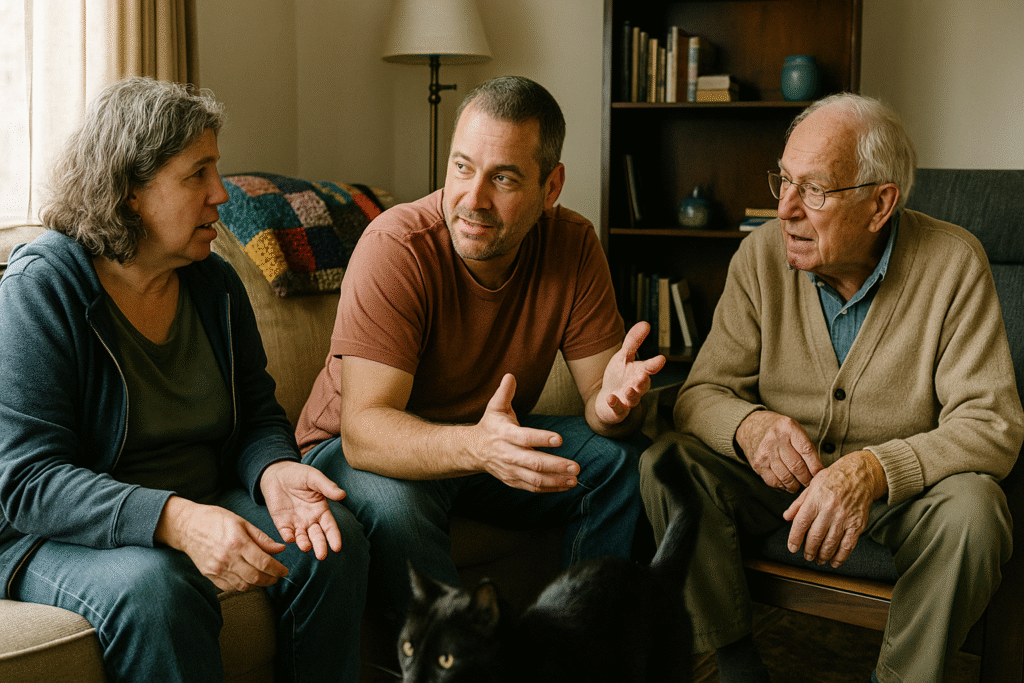Blog Post
Identifying who’s at increased risk for lung cancer could be as simple as re-reading electronic health records
Color

Lung cancer symptoms usually don’t show up until the disease has reached an advanced stage. That’s one of the reasons it’s so important to identify who’s at increased risk for lung cancer—and then get them screened as soon as possible.
So, who should get screened? Well, it’s a bit specific. And it mostly depends on your smoking history. The American Cancer Society recommends yearly low-dose lung CT scans for those who:
- Are 50 to 80 years old and in fairly good health, and
- Currently smoke or have quit in the past 15 years, and
- Have at least a 20 pack-year smoking history
With such specific criteria, people may not realize whether they’re at increased risk and / or whether they qualify for a lung CT scan. The lack of awareness could be a reason behind dangerously low uptake of screenings. In 2021, only 5.8% of those eligible for a low-dose lung CT scan completed one, according to the American Lung Association.
Devoting more focus and innovation to risk identification could help reverse that trend.
Here’s an interesting example—a team at Vanderbilt University Medical Center recently created a computer algorithm that could help better identify individuals at risk for lung cancer simply by scrutinizing electronic health records (EHRs) more closely.
The algorithm uses natural language processing to pick up on clues about smoking habits that were not neatly entered into the patient’s EHR. (Basically, patients and clinicians might enter smoking history into clinical notes or margins instead of the designated fields).
Using their algorithm, the Vanderbilt team found 1.74 times more patients eligible for screening than they would have with a baseline manual review.
The rate was over double for Black patients, which is especially concerning given a persisting equity gap in lung cancer screenings. Studies by the American Lung Association have found that screening rates among Black populations is less than half of that of white counterparts. The ALA also finds that Black patients are 15% less likely to be diagnosed early, which is critical for improving survival rates and decreasing overall costs. Improving risk identification for Black populations specifically can help to lessen the impact of these disparities.
If anything, the potential of the EHR-reading algorithm reiterates one nagging reality: Critical screenings often don’t happen merely because a doctor hadn’t requested one. Or, perhaps, a document got lost in the shuffle of everyday care.
And yet, those holes in the system offer the most opportunity for improving outcomes: Early detection is absolutely paramount in addressing lung cancer mortality and financial burden.
An EHR-reading algorithm is just one of the many ways that risk identification can be made more sophisticated. Any worthwhile cancer strategy in a population is contingent on direct, intentional risk identification that propels people at risk to get screened—and early. Simple, comprehensive risk identification is one of the greatest tools we have to combat lung cancer.



